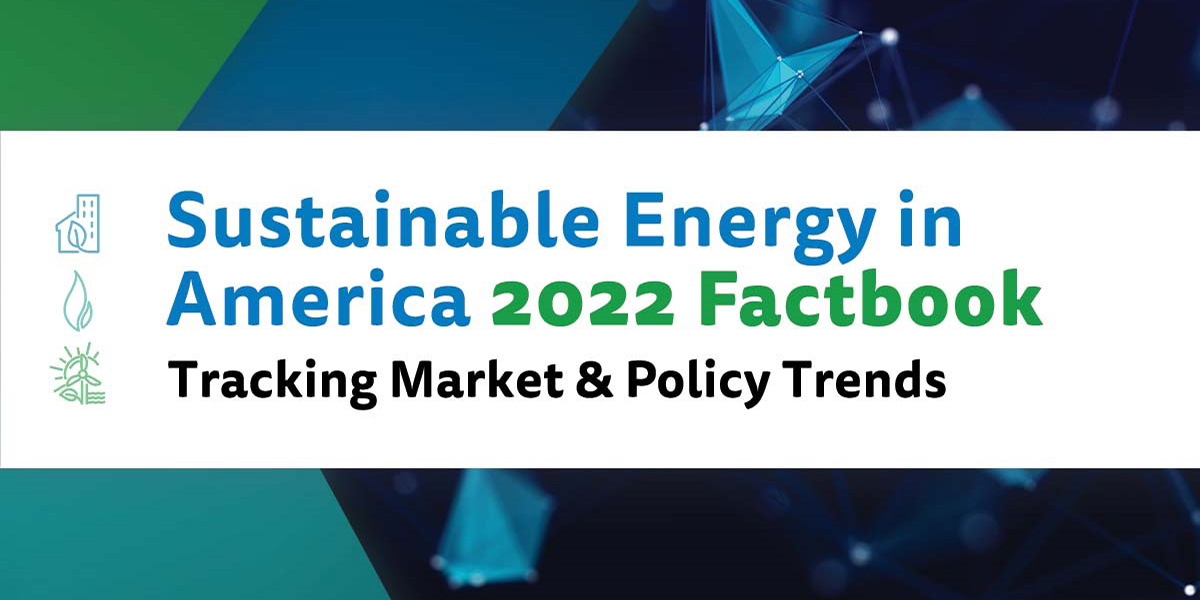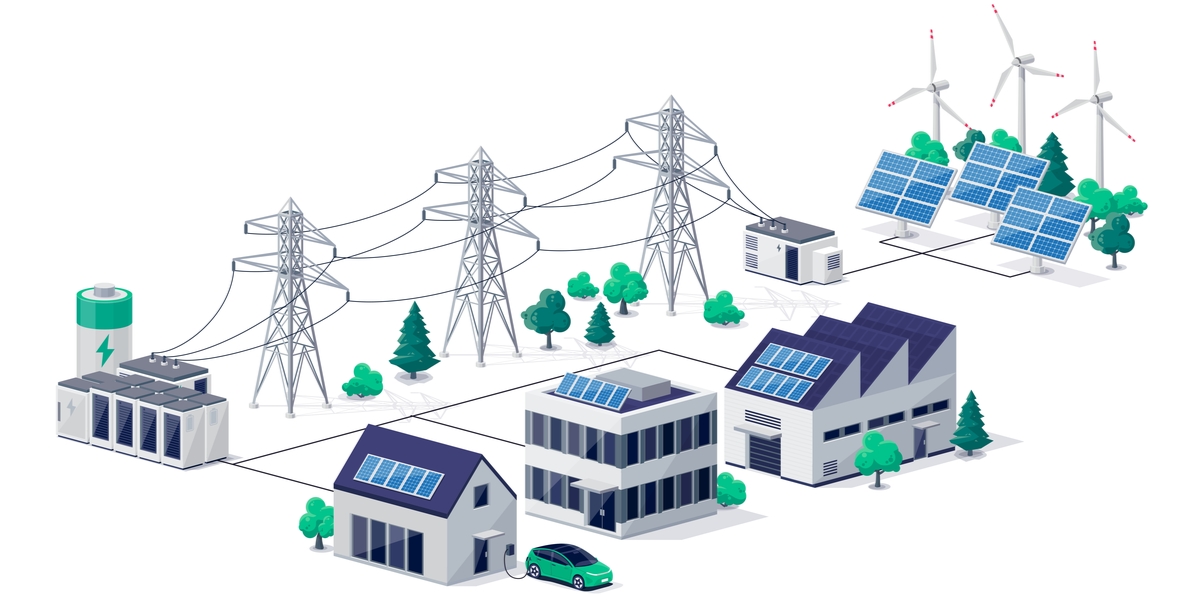Promoting Energy Productivity Targets at COP21
Let's Save Energy
Alliance to Save Energy's Blog
Promoting Energy Productivity Targets at COP21

The Alliance to Save Energy co-hosted an official side event on the sidelines of the United Nations Framework Convention on Climate Change negotiations on December 4. The panel, entitled A Key to Energizing Efficient, Productive, and Smart Cities and Grids, featured Alliance senior vice president for policy and research Kelly Speakes-Backman, alongside industry experts from Johnson Controls, Schneider Electric and other leading organizations. A wide-ranging discussion highlighted the role of policy in shaping efficiency outcomes and also provided a dynamic conversation about technologies and best practices available to public and private actors alike.
Speakes-Backman focused her remarks on the importance of high-level energy productivity goals. President Obama set a target of doubling U.S. energy productivity, a metric that calculates the ratio of economic output (e.g. GDP) per energy input (e.g. kilowatt hours), by 2030 in his 2013 State of the Union address. Citing the Energy 2030 Roadmap, Speakes-Backman informed the audience about economic analysis showing that the investments in off-the-shelf energy efficiency technologies and practices can not only double U.S. energy productivity by 2030, but in the process will improve GDP by 3.6 percent, and reduce primary energy use by 24 percent.
While the benefits of doubling energy productivity speak for themselves, leadership still plays a critical role. U.S. policies supporting the doubling goal serve as an important case study for countries all over the world. The cornerstone policy helping to get the U.S. closer to doubling energy productivity is the U.S. Environmental Protection Agency’s Clean Power Plan. Speakes-Backman explained in her remarks that because energy efficiency is the fastest, easiest and most cost-effective path to meeting CO2 emissions reduction goals, it can be expected to play a critical role in helping states to meet their Clean Power Plan targets.
Other core national policies helping move the U.S. closer to the goal while at the same time demonstrating U.S. leadership on the global stage include the Better Buildings and Better Plans initiatives, recently improved and forthcoming targets for vehicle fuel efficiency, and the more than $25 billion worth of funding for energy efficiency improvements that were included in the American Recovery & Reinvestment Act. For the U.S., focusing on energy productivity and the corresponding economic benefits, including resultant jobs, increased GDP and energy security, have helped to move the ball forward on energy efficiency in a way that sets the U.S. on a path to success after Paris.
Other distinguished speakers on the panel made important points about energy efficiency:
- Lisa Jacobson of the Business Council for Sustainable Energy set the stage for the audience, and stated that from a business perspective, energy efficiency, smart cities and smart grids are core elements to successful climate outcomes.
- Building upon this, panel moderator Dan Hamza-Goodacre of ClimateWorks Foundation pointed out that there are trillions of dollars to be saved in choosing an energy-efficient, rather than an energy-intensive, pathway to a low-carbon future, and that by focusing on making energy consumers more efficient, we can integrate core technologies and best practices into national grids, microgrids and buildings.
- Clay Nesler of Johnson Controls, Inc. discussed the importance of data use and management in achieving efficiency gains. For example, Stanford University has been able to significantly reduce greenhouse gas emissions by predictive weather forecasting to calculate estimated energy use for heating and cooling. Using similar tools, Johnson Controls has been able in its own operations to reduce its energy use by 20 percent while doubling its number of employees.
- Dan Delurey of the Demand Response and Smart Grid Coalition highlighted a range of technologies and best practices that can help to modernize and optimize how we use energy. Groundbreaking technologies, policies and business models are all available to us. Time-based pricing using smart meters, resilient distributed energy generation, distribution modernization and better tracking of the emissions associated with electricity use are all tools available to policymakers and practitioners that will help bring the U.S. electric system into the next era and help to meet climate goals.
- Anna Pavlova of Schneider Electric highlighted several case studies of microgrids in Texas, Hawaii and Antarctica, pointing out key aspects of microgrids, including: Microgrids can contribute to resiliency when main distribution systems are threatened by natural disasters or other failures; Microgrids can help optimize use of distributed renewable energy sources; and, Microgrids provide opportunities to closely manage energy use to achieve maximum efficiencies.
- Paul Bertam of Kingspan Insulated Panels presented a Boston public housing case study where an energy retrofit delivered a 61 percent reduction in base heating load – providing both significant energy savings and improved comfort for residents.
STAY EMPOWERED
Help the Alliance advocate for policies to use energy more efficiently – supporting job creation, reduced emissions, and lower costs. Contact your member of Congress.
Energy efficiency is smart, nonpartisan, and practical. So are we. Our strength comes from an unparalleled group of Alliance Associates working collaboratively under the Alliance umbrella to pave the way for energy efficiency gains.
The power of efficiency is in your hands. Supporting the Alliance means supporting a vision for using energy more productively to achieve economic growth, a cleaner environment, and greater energy security, affordability, and reliability.



